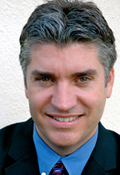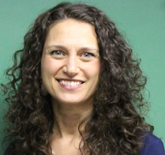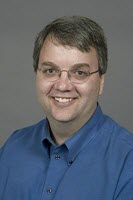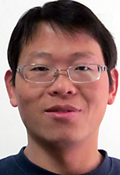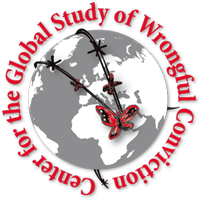My previous post on Teigin Case here.
From the Japan Times:
Death of inmate’s adoptive son ends ‘Teigin’ retrial bid
by Keiji Hirano, Oct 16, 2013
The curtain has effectively come down on the most mysterious mass-murder case in postwar Japan, with numerous questions left unanswered.
Takehiko Hirasawa, 54, who sought a posthumous retrial for his adoptive father, Sadamichi Hirasawa, was recently found dead in a home in Suginami Ward, Tokyo.
Sadamichi Hirasawa was sentenced to hang for poisoning 12 people to death at a branch of Teikoku Ginko (Imperial Bank) in Tokyo on Jan. 26, 1948, in what became known as the “Teigin Incident.” He passed away in a prison hospital on May 10, 1987, at the age of 95, after maintaining his innocence for nearly 40 years.
The cause of the adoptive son’s death is not immediately known, but police have ruled out foul play.
His death will inevitably terminate the quest for a retrial unless the inmate’s surviving relatives take over, in accordance with legal stipulations over the right to seek a retrial.
Born the son of one of Sadamichi’s supporters, Takehiko became the prisoner’s adoptive son when he was still in college. He did so to take over the mission of reopening the case to exonerate the accused, an award-winning painter, as Sadamichi’s relatives were reluctant to seek a retrial due to social prejudice.
Since then, the adoptive son devoted his life to getting to the bottom of the crime.
“I could feel his determination to clear Mr. Hirasawa’s name, even to the extent of being adopted by him,” said Satoshi Yasuda, a longtime supporter of Sadamichi and Takehiko.
On the second anniversary of Sadamichi’s death, Takehiko filed the 19th petition for a retrial at the Tokyo High Court with the help of several lawyers volunteering their services.
Since then he had presented much new “evidence” to raise doubts over the final judgment. This included expert testimony rejecting the courts’ determination that the poison used in the crime was potassium cyanide.
Potassium cyanide would have acted immediately on the victims, but they died after a certain interval after being administered a drug by a man posing as a health official, suggesting another type of poison was used, according to the testimony.
Takehiko and the lawyers were also assembling position papers by psychologists.
By reviewing the investigation and court records, and by conducting experiments, the psychologists worked to determine if the testimony of eyewitnesses who identified Hirasawa as the murderer and if his confession during interrogation were credible.
The position papers were to be submitted to the court by the end of this year ahead of the verdict on the latest retrial petition.
It has also previously been claimed that someone linked to a secret wartime military unit known to have worked on chemical weapons was involved in the poisonings, given the murderer’s sophisticated modus operandi, knowledge of poisons and the substance’s delayed effect.
Takehiko also worked to recover lost paintings by Sadamichi and held several exhibitions.
He had detailed knowledge of the long history of the trial as he closely examined the trial records and made a study of various fields, including pharmacology, psychology and criminal procedure, according to Yasuda.
Apparently, however, given the uncertainty of knowing whether the case would be reopened and potential financial difficulty, Takehiko sometimes displayed signs of mental instability, particularly after his natural mother, who lived with him, died last December at 83, according to his supporters.
After her death, he wrote on the “Teigin Incident” website, “It was her wish and mine and my late father’s to mark in history that Sadamichi Hirasawa is innocent. I will continue this struggle for years to come.”
Contrary to what he wrote in December, however, he sometimes appeared to be losing heart in recent months, and, according to supporters, questioned if he could continue.
He is believed to have been dead for several weeks before his body was found in the Suginami house by supporters worried after not hearing from him.
“I didn’t expect the ‘Teigin Incident’ to end this way,” a supporter said while watching police enter and exit the house where Takehiko’s corpse was found.
Chief lawyer Keiichiro Ichinose said, “Many people have worked to exonerate Mr. Hirasawa, and their achievements will remain” even after the legal procedure to reopen the case is over.
The psychologists’ position papers will be eventually published so they can present their research to the public, according to the Tokyo-based lawyer.
Ichinose, who has been involved in the case for around 20 years, said, “I hope that some day it will be proved that Mr. Hirasawa suffered an injustice, as it should not remain uncorrected” despite Takehiko’s death.”



